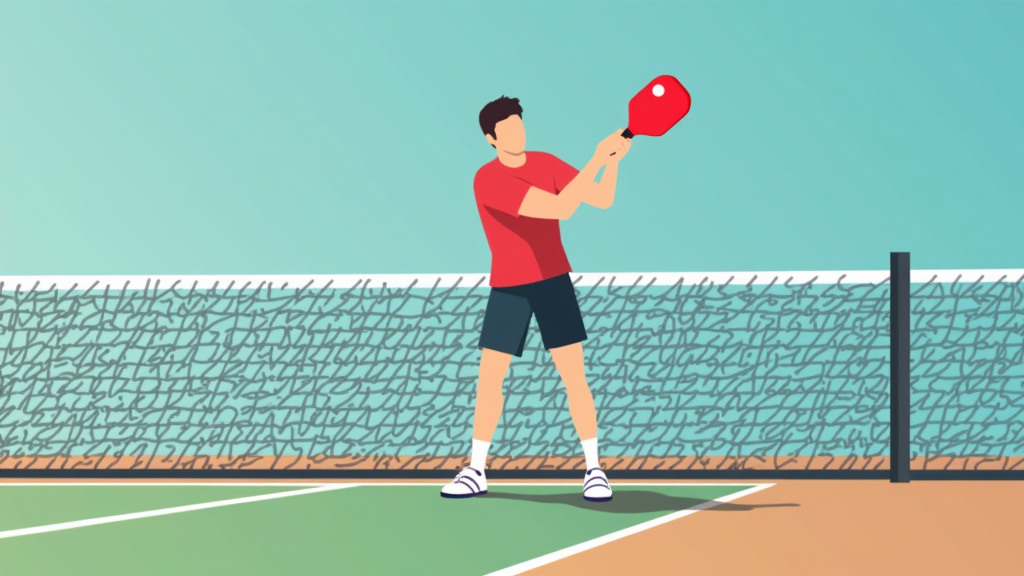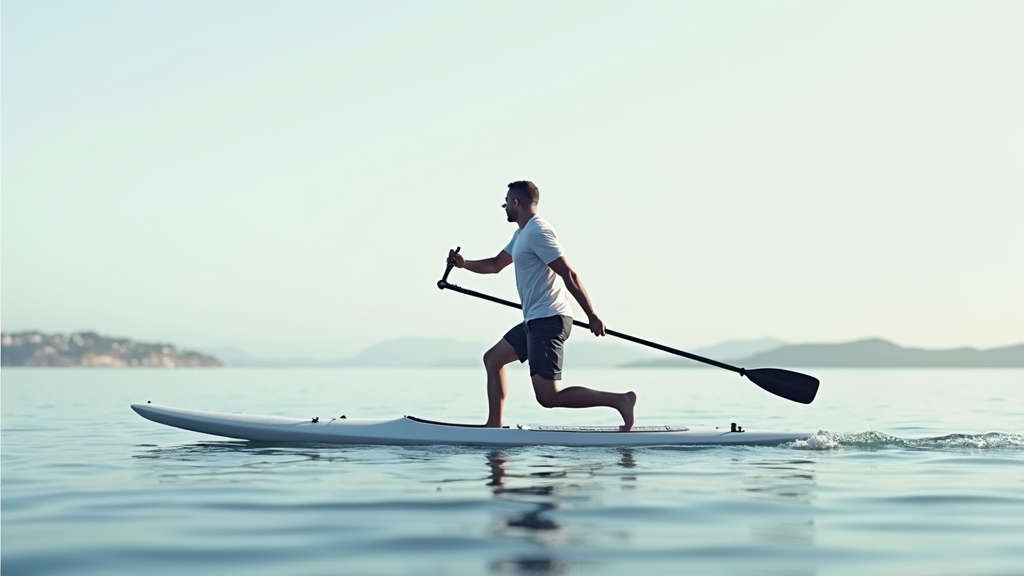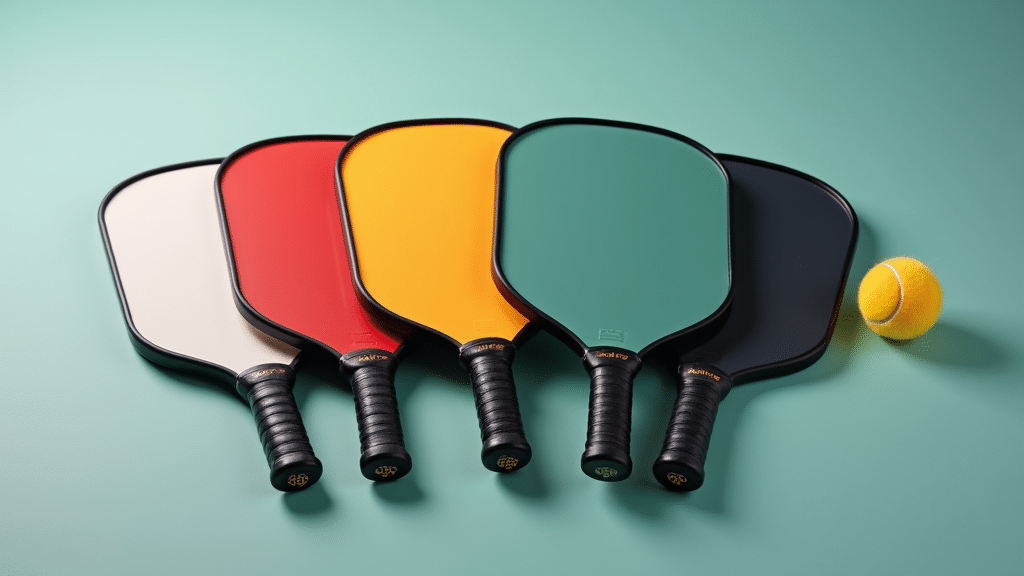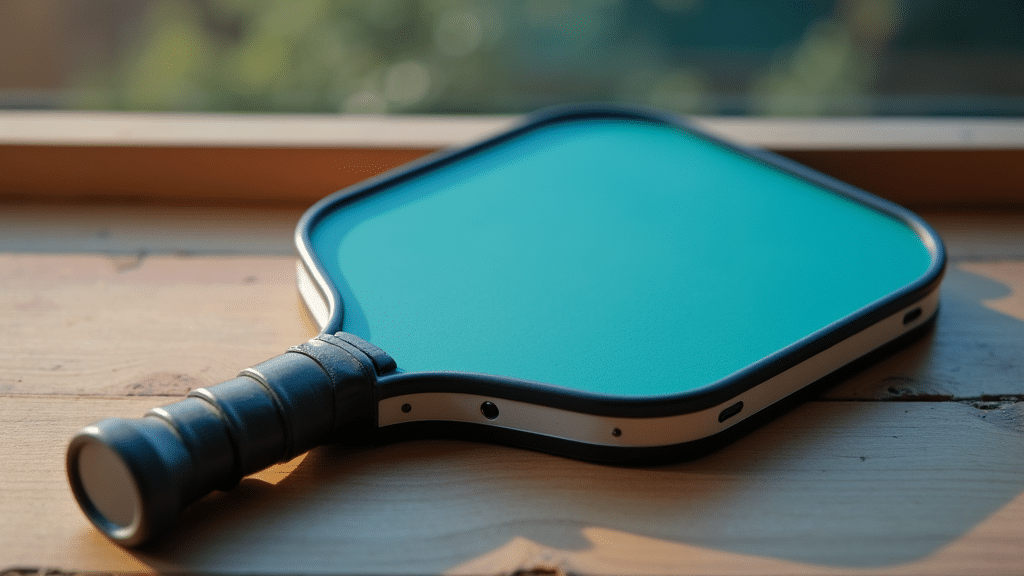Table of Contents
- Understanding the Pickleball Paddle Balance Point Outline
- Pickleball Paddle Balance Point: Core Principles
- Key Components Influencing Paddle Balance Point
- Detailed Guide to Finding Your Pickleball Paddle Balance Point
Understanding the Pickleball Paddle Balance Point Outline

Defining Pickleball Paddle Balance Point and Significance
The balance point of a pickleball paddle refers to the distance from the butt of the handle to the paddle’s center of gravity. A larger balance point number indicates that more of the paddle’s weight is located further away from the handle. This distribution significantly impacts the paddle’s maneuverability, power, and control during gameplay. It’s important to note that there isn’t an official standard range for balance points in pickleball paddles, making it a subjective characteristic largely dependent on a player’s individual style and preferences.
The Role of Balance Point in Pickleball Paddle Dynamics
The balance point provides key insights into how weight is distributed throughout the pickleball paddle. This distribution plays a critical role in influencing a player’s swing mechanics and overall comfort while playing. Understanding the balance type of a paddle is essential for optimizing on-court performance and ensuring the equipment aligns with a player’s strategic needs during a match.
Key Insights: Pickleball Paddle Balance Point Learning Objectives
In this guide, you will gain a comprehensive understanding of balance point in pickleball paddles. You will learn how the balance point affects various aspects of your performance, specifically the trade-offs between power and control. We will also cover the methods for accurately measuring and interpreting balance point. Finally, you’ll learn how to determine the ideal balance point based on your unique playing style and preferences on the court.
Pickleball Paddle Balance Point: Core Principles
Defining the Balance Point in Pickleball Paddles
The balance point of a pickleball paddle refers to the distribution of weight along the paddle’s length. It significantly impacts how the paddle feels and performs during gameplay.
Measuring Your Pickleball Paddle’s Balance Point
Paddle balance point is measured as the distance from the butt of the handle to the paddle’s center of gravity. You can find the balance point by resting the paddle on a table edge and finding the fulcrum.
Understanding Balance Point Units of Measurement
The balance point is usually expressed in inches from the butt of the handle or as a percentage of the paddle’s total length, providing a standardized way to compare different paddles.
Key Components Influencing Paddle Balance Point

Head-Heavy Pickleball Paddles: Power Focus
Head-heavy paddles have more weight concentrated in the paddle head. This design provides increased power for drives and put-aways but can make the paddle harder to maneuver quickly.
- Provide more power.
- Harder to maneuver.
Handle-Heavy Pickleball Paddles: Control Emphasis
Handle-heavy paddles have more weight in the handle. This enhances maneuverability and control, making it easier to react quickly at the net and execute precise shots.
- Easier to maneuver.
- Offer better control.
Even-Balance Pickleball Paddles: Balanced Performance
Even-balance paddles distribute weight evenly across the paddle. This offers a blend of power and control, suitable for players seeking versatility in their game.
- A mix of power and control.
Paddle Components and Their Impact on Balance
The core, face materials, and additions like edge guards influence the paddle’s balance. Edge guards, for example, add slight weight, potentially affecting agility.
Detailed Guide to Finding Your Pickleball Paddle Balance Point
Preparing to Measure Your Pickleball Paddle Balance
Before you begin, gather the necessary materials and set up your workspace to ensure accurate measurements.
- Required Materials:
- Pickleball paddle.
- Measuring tape or ruler (preferably in inches or centimeters).
- Flat surface (table edge).
Initial Setup: Ensure the paddle is clean and dry. Prepare a stable surface to balance the paddle.
Important Considerations: Accuracy is crucial for reliable results. Consider the paddle’s overall weight and dimensions.
Step-by-Step Process for Balance Point Outline
Follow these steps to accurately measure and calculate the balance point of your pickleball paddle.
Step 1: Measure Total Length: Measure the total length of the paddle from the butt of the handle to the top of the paddle head (e.g., 16 inches).
Step 2: Find Balance Point: Position the paddle so the head is balanced on a table edge, and the handle hangs off.
Step 3: Measure to Balance Point: Measure from the handle’s end to the table’s edge (e.g., e.g., 8 inches).
Step 4: Calculate Balance Point Percentage: Divide the measurement from the handle’s end to the table’s edge by the total length of the paddle (e.g., 8/16 = 0.5 or 50%).
Best Practices: Repeat measurements to ensure accuracy. Use a consistent method for each measurement.
Common Mistakes to Avoid: Not measuring the total length accurately. Inconsistent balancing point. Forgetting to convert to percentage for comparison.
Advanced Techniques: Interpreting Your Paddle’s Balance Point
Understanding the balance point helps optimize your paddle choice for your playing style.
Interpreting Balance Point: A 50% balance point is considered perfectly balanced. A balance point greater than 50% indicates a head-heavy paddle. A balance point less than 50% indicates a head-light paddle.
Optimizing for Playing Style: Head-light paddles (less than 50%) are easy to maneuver but may provide less force. Head-heavy paddles (greater than 50%) provide more force but are harder to maneuver. Well-balanced paddles fall between these extremes.
Troubleshooting: If the balance point seems off, re-measure carefully. Consider the impact of grip weight and edge guards on the balance. Remember that balance point is subjective; test the paddle to see if it suits your style.
Balance Range Examples: The Predion E16 AF/CF is considered head-light with the most agility. The Predion 5 is considered head-heavy with the greatest force. The Predion E16 Raw is somewhere in between.



